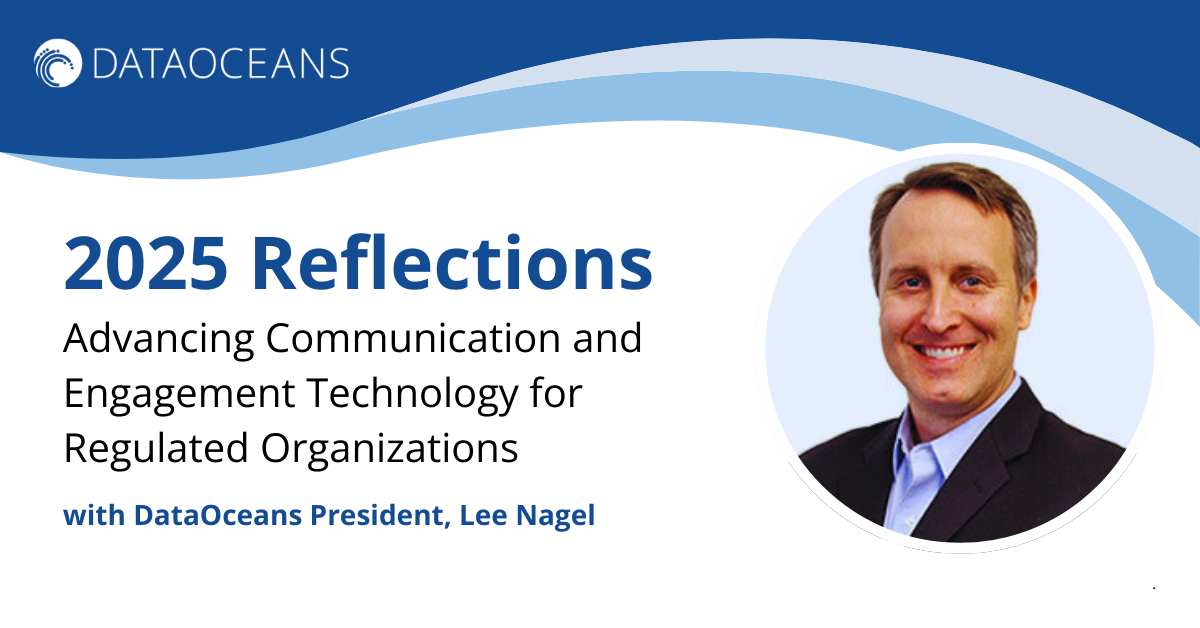Fifteen years ago, researchers predicted that eDelivered documents would render paper statements obsolete and revolutionize customer communications… It did not happen. Why? The simple reason is that the industry has not created value for the consumer or recipient of eDelivered statements to drive this shift. Traditional barriers to electronic adoption still exist. “Why should I use my printer and ink to print out a statement so I can save it? If I save the statement online will I be able to find it if I need it in 5 years? Will it be online? I pay my bills right before they are due, and I use the paper statement to remind me.” There are a myriad of reasons why Americans love their paper statements, and for the masses, there has not been a lot of reasons to compel them to switch to eDelivered statements.
Consumers will switch to an electronic invoicing and electronic payment experience when companies begin to look at that communication from the consumer’s point of view. At a minimum, companies will need an easy-to-use, improved customer experience when it comes to monthly statements. They will have to put control of the statement in the hands of the consumer, and they will have to create value for the consumer that does not exist in their current communication.
Interactive customer statements will create an improved customer experience that will provide self-help capabilities that will save the consumer time. Personalized interactive statements will anticipate the kinds of customer interactions that can occur and address those needs instead of relying on the customers to figure things out for themselves. Relevant messaging on those personalized statements will begin to delight the consumer and create the engagement that companies are looking for.
The ability to provide a consolidated, personalized, interactive statement with relevant messaging and intelligent advertising is available today. These statements are also able to solicit and manage customer preference and can be viewed on multiple electronic devices. It is less expensive than sending a traditional statement in the mail. The issue is getting companies to understand and embrace the technology. The tipping point will be driven by leading companies who take the extra effort to create value for the consumer instead of extract value in the digital experience. Once that happens, consumers will adopt.


.png)
.png)